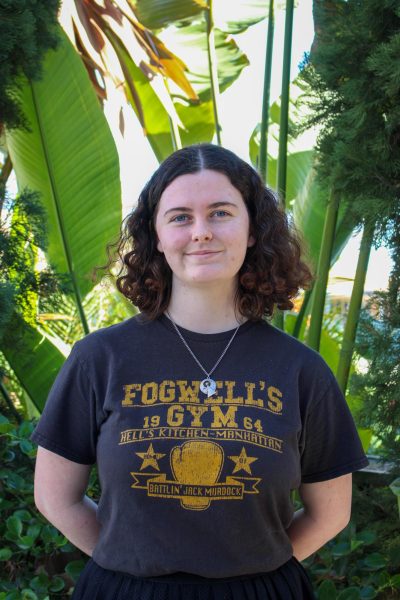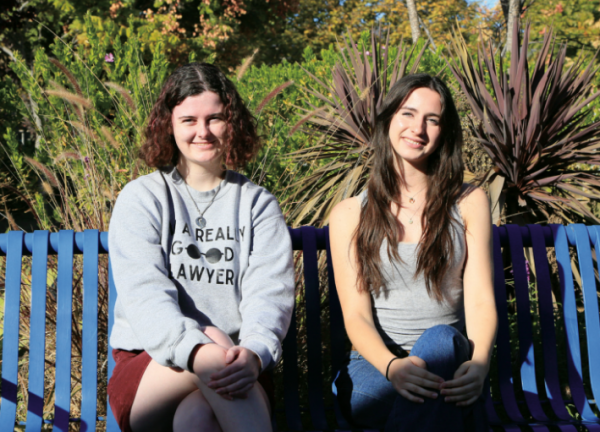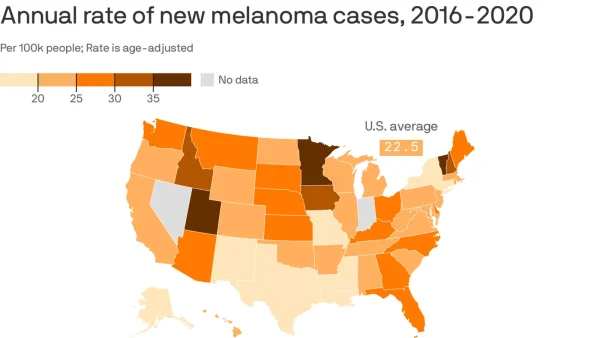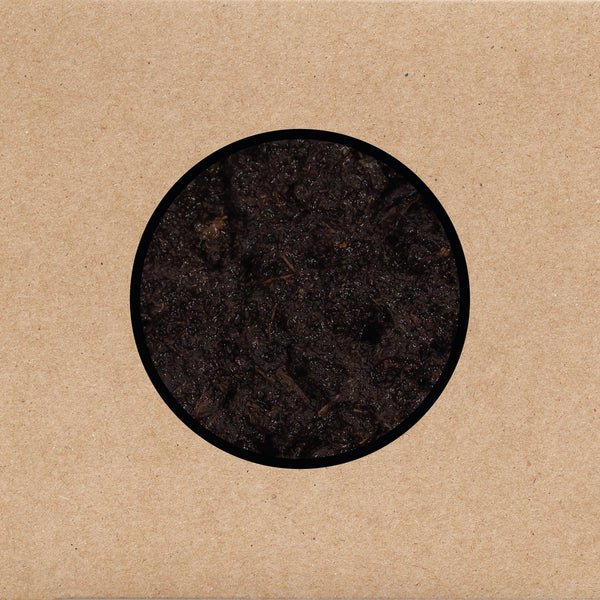Students are suffering from the ‘War on Drugs’
Digital drawing of a small soldier holding a cigarette under “WAR ON DRUGS.” Art done by Aspen Newhouse.
America’s “war on drugs,” a seemingly righteous fight, has had countless unnecessary casualties, especially within schools like Dos Pueblos. With actions such as Nancy Reagan’s “Just Say No” campaign and the punitive measures that have been instituted since the 1940s, the school system has spent a long time reacting in a simple and overall ineffective manner. The Narcotics Addict Rehabilitation Act has defined addiction as a mental illness since 1966, this was a huge oversight within the United States. Laws have leaned, and still lean, toward treating drug addiction as a criminal act. At DP, there have only been recent school-wide actions to contradict this.
“Our board has moved away from punitive discipline,” said Mrs. Bodenhamer, DP’s Dean of Students. “Instead of a suspension, what we’ll do is, we’ll require the student to go through substance abuse counseling.”
Even with the changes in school policies, most accessible student handbooks still have older rules. In addition, DP has lost some of its resources allocated toward drug rehabilitation. While there used to be a counselor on campus specifically to help students with addiction problems, because of a lack of funding, there no longer is.
“It is something I have been asking for,” said Bodenhamer, who has been working extensively on improving DP’s system. “I advocated for that with the assistant superintendent last year. She has since left, so it’s a new fight I’m going to have to put up.”
However, the problem isn’t only within rehabilitation, it’s also within education. Both Ms. Marsh and Ms. Anderson, two health teachers at DP, said that they don’t have enough time to go over the topic. Especially with our new block schedule, which has shortened how long each unit can be.
Anderson also reported that she used to teach about addiction at Goleta Valley Junior High, but budget cuts stopped her. GV doesn’t have any standardized form of drug education, something that is majorly important in teaching ways to avoid addiction, how to identify addiction, and ways to get help if someone has a problem.
Teachers aren’t the only ones that don’t feel like they’re covering as much as they should. Students are also finding the course to not be as extensive as it should be, including those with first-hand experience with both addiction and rehabilitation.
“There were no tips on harm reduction, there were no tips on what to do if you see a problem starting. There was the, ‘oh, you might become an addict,’ but there was no ‘what do you do?’” source A, a Dos Pueblos student, said.
Drug addiction is a nuanced topic and one that has a lot of misinformation, even from reputable sources. Educating students properly is incredibly important, especially teenagers, who are being given more and more access to addictive substances as they grow older.
The current approach to addiction isn’t working. According to a 2017 survey of minors, vaping rates have gone up over the past few years. Even with countermeasures in place, such as the anti-drug program Drug Abuse Resistance Education, adolescent drug abuse isn’t shrinking as fast as it should. According to multiple studies by Wei Pan, Haitian Bai, and the University of Cincinnati, teenagers enrolled in D.A.R.E. were not any less likely to use addictive substances.
Along with this, accessing substances is almost effortless in 2023. With so many ways to obtain drugs, such as knowing where parents keep their liquor, having a friend who’s been prescribed Adderall, or even making a fake I.D. and buying cigarettes, addiction is almost convenient.
“People think that high schoolers aren’t going to have easy access to substances, but if you know a guy that sells weed, your guy [who] knows somebody who sells Percocet knows someone whose Percocet is laced with fentanyl,” source A said. “Or your guy, who sells weed, knows another guy, whose weed that’s actually spice, and then he knows some guy that’s making meth.”
The truth is that a ruthless and unfeeling approach to drug addiction, no matter the age, is ineffective. Threats of expulsion or ostracization do almost nothing to help the problem.
“Part of being an addict is hiding it,” source B said, one who actively used substances in high school. “But I didn’t have any particular experiences in high school for people to think, ‘Oh, he’s an addict.’ For one thing, I was doing well academically.”
And with the common idea that addiction could get them expelled, most students don’t know who to go to should they want help. While Marsh, Anderson, and Bodenhamer said that multiple students have come to them seeking help, Bodenhamer admits that she knows there are a lot of students who don’t reach out.
“The school knew,” said source A, who spent multiple years not receiving help from counselors at another high school. “And no one really offered me extra support. I didn’t know there were things like Alcoholics Anonymous, I didn’t know there was drug counseling specifically. ”
Despite this, DP has started improving the way they deal with drug addiction. Bodenhamer said that she often asks the district for more resources to help students. Additionally, the response staff are told to have is one that encourages rehabilitation, instead of punishing the student.
The biggest change, however, is the creation of a Wellness Center on campus. Bodenhamer explained that its purpose will be to give students a place to seek help they might not otherwise find, including resources on drug addiction.
“It’ll be in the old Media Center when the new Media Center is open,” Bodenhamer said. “I’m envisioning all our resources. Like, nicotine addiction: here’s where you go. Want to talk to somebody on campus, here you go.”
While there isn’t a sure date for when the center will be complete, especially given the multiple setbacks the new DPMedia and DPEA building have had, it’s still a step in the right direction. Hopefully, DP can create a safe and constructive environment for students harmed by substance abuse and its previous “solutions.”
Thank you for your donation! Your donation will support the student journalists of Dos Pueblos High School. Your contribution will allow us to purchase equipment and cover our annual website hosting costs. Please contact [email protected] if you'd like us to send a tax receipt.

Aspen Newhouse (12) has a passion for law and the legal system as a whole. “I like the fact that it's both a tool to be used and something to be shaped...








Penelope • Feb 8, 2023 at 7:27 pm
Your article sheds light on a serious issue that’s been plaguing our society for far too long. Students are at an age where they are impressionable and in need of help, not punishment. Thank you for being thorough and bringing up important details and insights.
Amy • Feb 6, 2023 at 2:40 pm
Thank you for your thoughtful and compassionate article! I also love the attention-getting title.